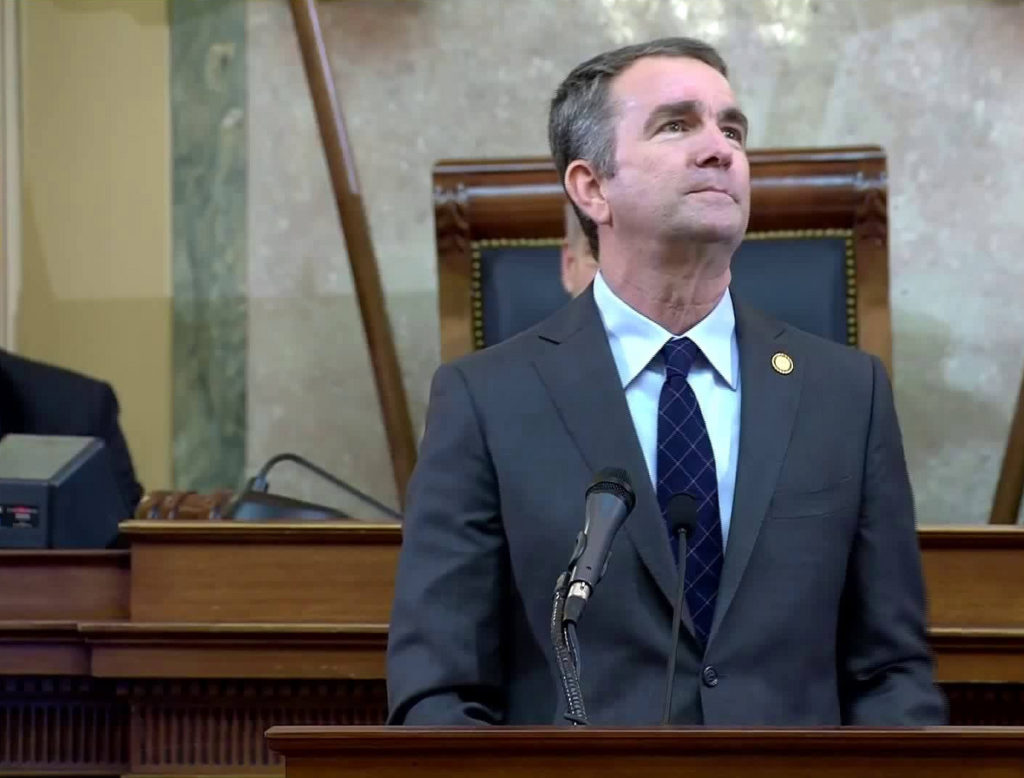In early January, before the start of the 46-day General Assembly session in Richmond, Virginia Governor Ralph Northam (D) announced that he would work with the Democratic Party to repeal the Commonwealth’s long-standing law requiring voters to present photo identification at the ballot box. Northam said in a press release three weeks ago that voter ID laws have created “unnecessary barriers that make getting to the ballot box difficult,” but laws supporting the practice still remain widely popular across the country with a vast majority of voters.
Nevertheless, the governor’s push to remove the requirement that voters are legally required to show a form of identification containing a photograph of them in order to be allowed to vote was patroned by State Senator Mamie Locke (D-Hampton Roads) in S.B. 1447, and by Delegate Kaye Kory (D-Fairfax) in H.B. 2565.
Although Northam and Democrats in the Virginia legislature had high hopes to strike down the law this session, the Republican majority in both the House of Delegates and State Senate blocked the progressive measure.
The House Privileges and Elections Committee did not deliberate the bill before Tuesday’s crossover, leaving it behind without a chance to be considered again this year. The bill in the upper chamber was “passed indefinitely” by Senate Privileges and Elections Committee, meaning the bill can be considered at the next meeting; however, routinely that does not occur.
A Rasmussen poll from late 2017 found that 70 percent of U.S. voters still think those at the ballot box should be required to show photo identification before being allowed to vote. A 2016 poll conducted by Gallup reported that four in five Americans support voter ID laws, with at least 95 percent of Republicans showing support.
Moreover, a study published in May 2017 in the Social Science Quarterly showed that although political elites heatedly disagree over voter ID laws, “the issue is not particularly polarizing at the mass level.”

